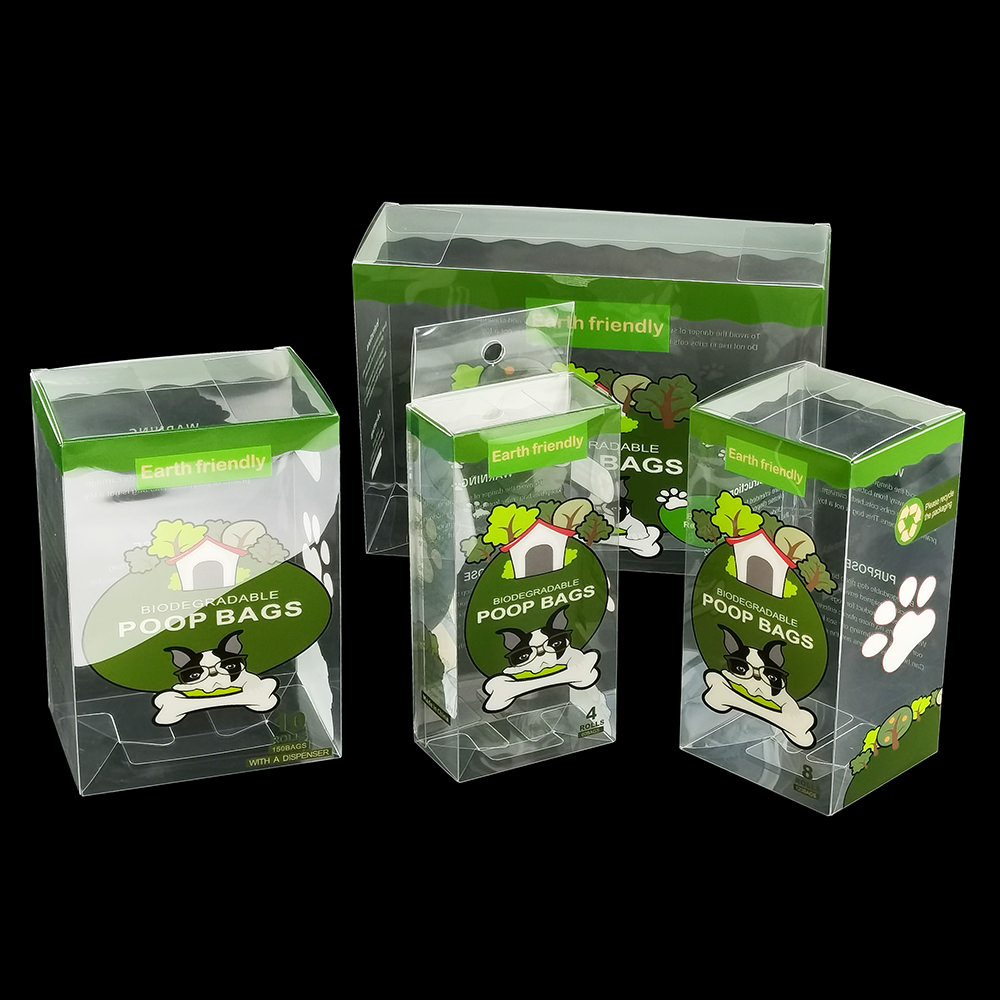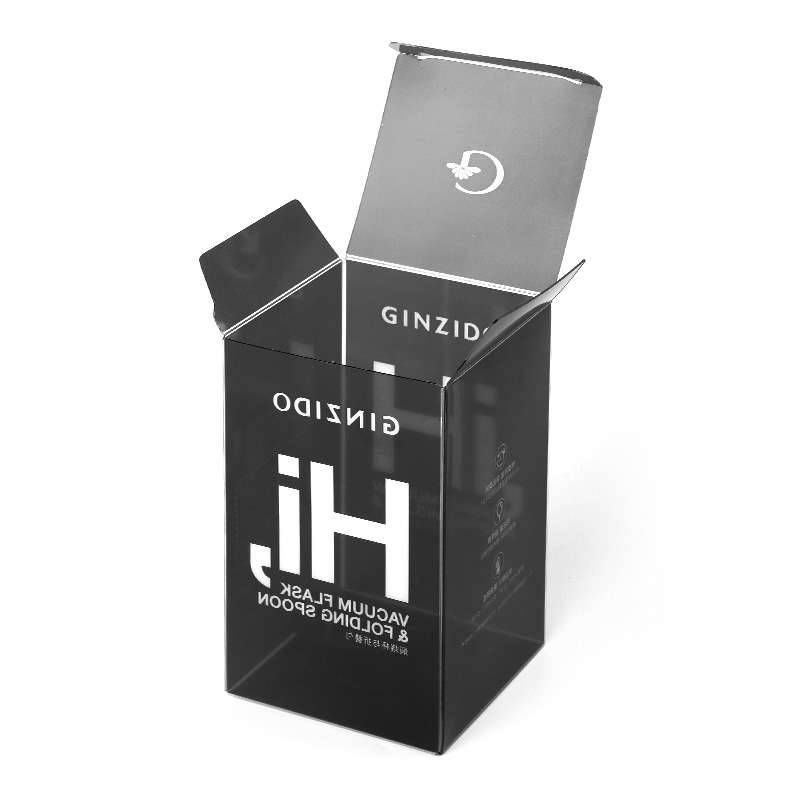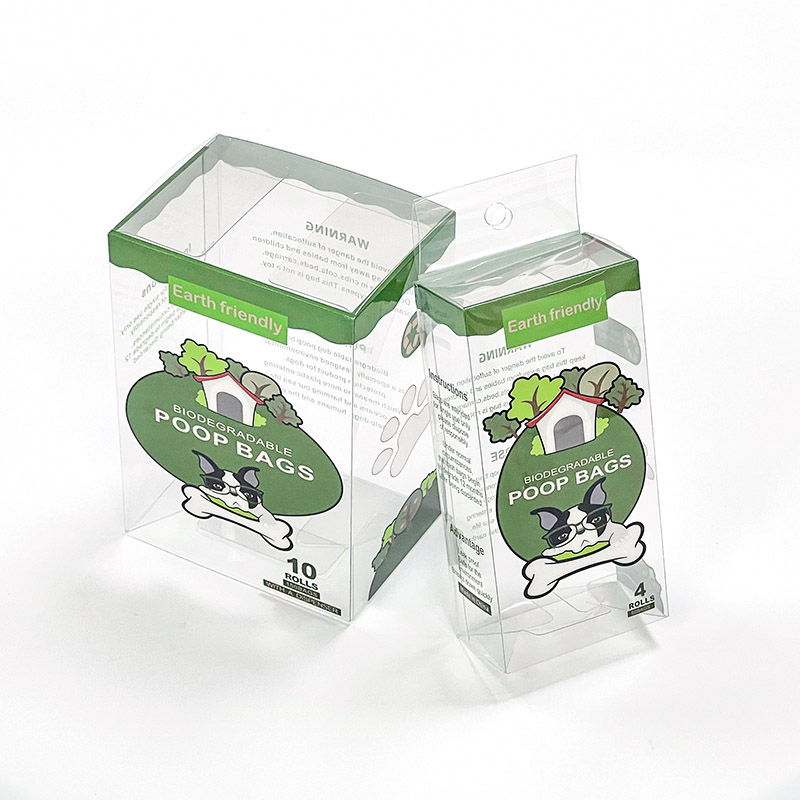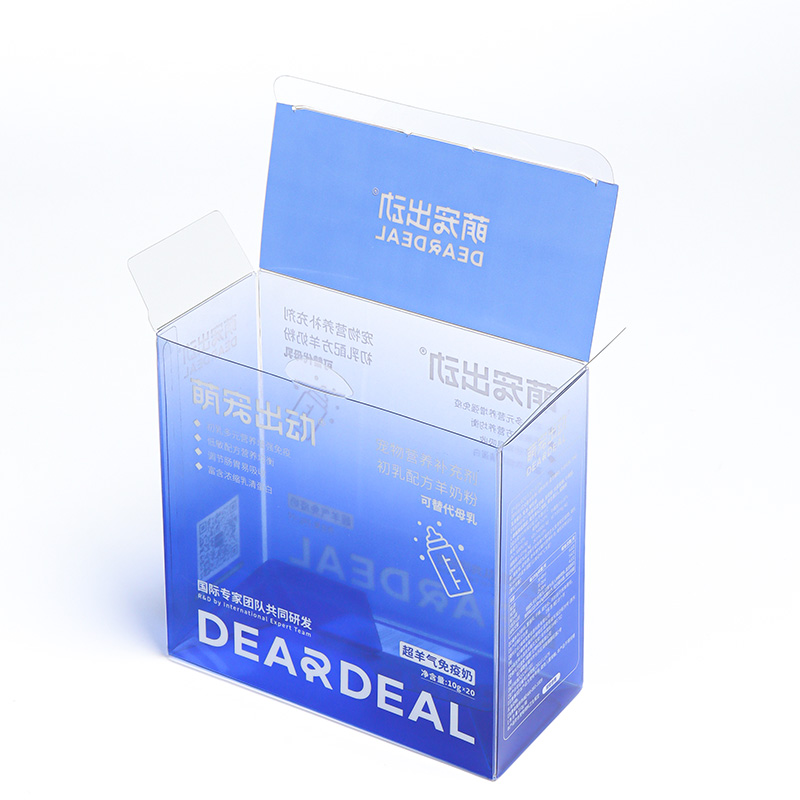Introduction to PET Blister Packaging
When we think about packaging, especially for items like pills or small electronics, one format often comes to mind: the compact, individual compartments known as blister packaging. But what exactly is PET blister packaging, and why is it so ubiquitous across various industries? Let's dive into this packaging world and uncover some details.

What is PET Blister Packaging?
PET blister packaging is a type of packing that uses Polyethylene Terephthalate (PET), a durable and recyclable plastic, to form clear, molded pockets or "blisters" that hold products. These blisters are typically backed by a heat-sealed paperboard card, aluminum foil, or plastic sheet, effectively safeguarding the encased product. PET, being a form of polyester, is prized for its strength, thermal stability, and clarity, making it an ideal material for this purpose.
Uses Across Industries
PET blister packaging isn't just limited to one area; it spans a multitude of sectors. In the pharmaceutical industry, it's essential for ensuring the integrity and dosage accuracy of medications. Consumers can easily track their pill intake by day, which helps with medication adherence - a crucial factor in treatment effectiveness. Beyond medicine, you can find PET blister packs cradling everything from small gadgets, batteries, and toys to office supplies. This packaging method shines in retail settings where product visibility is key to attracting customers. The transparent PET allows consumers to view the product while maintaining its untouched and tamper-evident state, thus enhancing consumer trust.
Section 2: Advantages of PET Blister Packaging
When it comes to packaging, one material often stands out for its reliability: PET blister packaging. But what exactly sets it apart? Let's uncover the benefits that make this packaging option a go-to choice for manufacturers and consumers alike.
Enhanced Product Protection and Preservation
First on our list is the exceptional protection PET blister packaging offers. What do we mean by protection? Imagine a shield safeguarding medications from moisture, dust, and other environmental hazards that could compromise their efficacy. This isn't just about keeping products clean; it's about ensuring that they remain potent and safe for consumption over time. PET, or polyethylene terephthalate, is a type of plastic renowned for its strength and clarity, which means it's not only durable but also allows consumers to view the product without opening the package. These properties help maintain the integrity of the contents until they reach the hands of the end-user, which is paramount for pharmaceuticals and perishable goods.
Convenient and Portable Packaging Option
Apart from protection, convenience is key. We're living in a fast-paced world where portability is prized, and PET blister packaging aligns perfectly with this need. Think about the last time you needed medication on the go. With blister packs, each dose is individually sealed and can be easily carried in a purse or pocket without risk of spillage or mixing. This ease of transport extends beyond pharmaceuticals to items like small electronics, toys, and more. The design of blister packs also allows for easy access to single units of the product, making them user-friendly and reducing waste as only the required amount is opened.
Improved Medication Adherence and Safety
Finally, let's talk about medication adherence and safety. It's not uncommon for individuals to forget whether they've taken their daily medication or to struggle with complex medication schedules. PET blister packaging can be a game-changer here. By compartmentalizing doses, patients have a clear visual reminder of their medication schedule, which can significantly improve adherence. Additionally, child-resistant features can be incorporated into the design of PET blister packs, adding an extra layer of safety to prevent accidental ingestion by children. Safety is further enhanced as each dose is protected from contamination until the moment it's used, unlike traditional pill bottles where exposure to air and moisture is more frequent after opening.
Section 3: Disadvantages of PET Blister Packaging
While PET blister packaging has garnered praise for its durability and safety features, it's important to address the full picture. This includes considering the potential drawbacks that manufacturers and consumers face when choosing this packaging method.
Higher Cost Compared to Alternative Packaging Methods
One notable disadvantage is the cost factor. PET blister packaging can be more expensive than other forms of packaging. The material itself often demands a higher price due to its robust nature and the technology required to shape and secure the blisters. For businesses, this means that the initial investment in PET blister packaging could be significant, which might not always be feasible, especially for smaller enterprises or those just starting out.
Longer Production Time
Time is money, as the saying goes, and in the world of packaging, PET blister packs take more of it to produce. The process involves several steps: thermoforming the PET into the desired blister shape, filling these blisters with products, and then sealing them with a backing material. This sequence is more time-consuming compared to simpler packaging methods, like tossing items into a plastic bag or traditional bottle. Such delays can affect the speed to market for new products, potentially impacting a company's competitive edge.
Challenges with Adhesive Build-up and Thermal Expansion
Manufacturers also grapple with technical difficulties such as adhesive build-up and thermal expansion. The adhesives used to seal blister packs can accumulate on machinery over time, necessitating regular cleaning and maintenance to ensure efficient operations. Furthermore, PET, like many plastics, can expand or contract with temperature changes. This may lead to issues with the fit and finish of the packaging, possibly compromising the seal integrity or making the packaging difficult to open.
When considering the utility of PET blister packs, these disadvantages are essential to weigh against their benefits. In previous sections, we discussed the advantages of using PET blister packaging, such as improved product protection and medication adherence. However, it's crucial to balance these positives with the potential negatives, such as higher costs and longer production times, to make an informed choice about packaging solutions.
Is PET Blister Packaging Healthy?
When it comes to packaging, especially for pharmaceuticals, health is a paramount concern. PET blister packaging, while convenient, brings up several safety questions. One such issue is the interaction of the packaging with the products it holds. Medications, for instance, must be kept in conditions that do not compromise their efficacy. The blister packaging must not react chemically with the medication, nor should it allow external factors like moisture or air to degrade the contents. Inspection systems are put in place to ensure the integrity of these packages, but there's always a concern about whether these measures are foolproof.

Safety Concerns Related to Pharmaceutical Products and Inspection Systems
Blister packs are widely used in the pharmaceutical industry due to their ability to protect and maintain the potency of medications. But how can we be sure they're safe? Rigorous testing and inspection systems are key. These systems check for any defects in the packaging that could expose the pills to contaminants or cause dosage errors. It's essential that these packs are not compromised at any point during their lifecycle—from production to the hands of the consumer.
Comparison with Traditional Pill Bottles and Other Packaging Options
Compared to traditional pill bottles, blister packs offer a different set of advantages and potential concerns. While pill bottles have been a longstanding option, they aren't as effective in preventing exposure to air and moisture once opened. Blister packs, on the other hand, seal each pill individually, providing a higher level of protection. However, this doesn't automatically make them healthier. The materials used in both types of packaging undergo strict regulations to ensure they don't release harmful substances into the medication. This comparison is crucial for consumers who are making choices based on health considerations.
Importance of Keeping Blister Packs Away from Children and Pets
Another health aspect revolves around the physical safety of blister packs. While they are excellent at preserving medication, they also need to be handled with care to prevent accidental ingestion, particularly by children and pets. The compact nature of these packs makes them easy to leave within reach inadvertently. And unlike child-resistant pill bottles, blister packs often require only a simple push to access the medication, which could lead to dangerous situations. Therefore, it's imperative to store them up high and out of sight, just as one would with any other medication packaging.
In considering the health implications of PET blister packaging, it's clear that while they have certain benefits in protecting the product, they also carry risks that need to be managed through proper use and storage. As we move forward, it's important to weigh these factors alongside the environmental and practical aspects discussed in previous sections.
Advantages and Disadvantages Recapitulated
Delving into the advantages, we noted the robust protection PET blister packaging provides against environmental factors, which can be particularly pivotal for pharmaceuticals where product integrity is non-negotiable. Furthermore, the portability of these packs simplifies life for consumers on-the-go. On the flip side, the disadvantages remind us that there's no perfect solution. The additional costs and production demands, along with material-specific issues, may deter some manufacturers and consumers alike.
Individual Needs and Preferences
What's crystal clear is that there's no one-size-fits-all answer. The suitability of PET blister packaging varies based on individual needs and preferences. For instance, someone who values utmost product protection may lean towards PET blisters despite the price, while another might prioritize cost-efficiency and opt for alternative methods.
Related Products
























